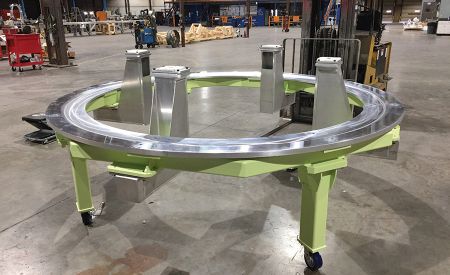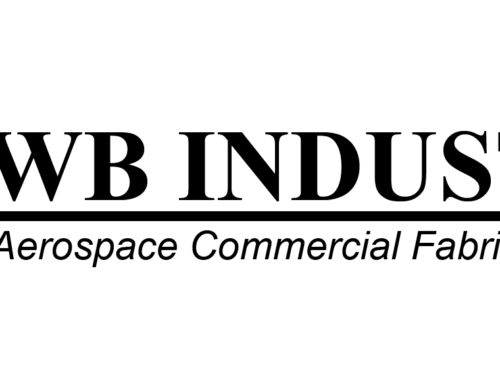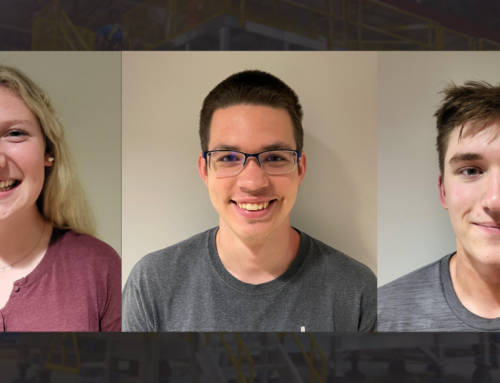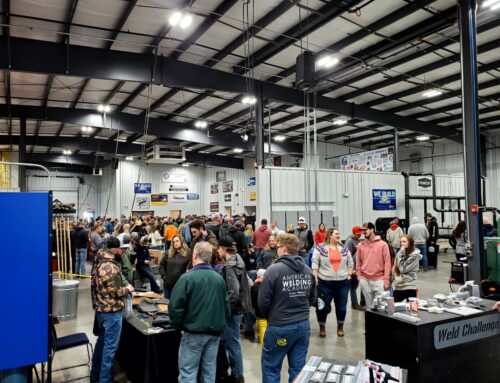IN THE KNOW
By Lauren Duensing
Above: This tooling fixture is used for aerospace production.
Keeping on top of trends allows fabricator to meet customers’ expectations
November 2020 – For over 40 years, WB Industries has manufactured custom machined and metal fabricated parts, tooling and equipment for a wide variety of industries, applying customer-specific requirements and working to several industry standards, such as NASA, Boeing, AMS, AISC, IBC, ASTM and MIL.
“We build things that solve certain logistic problems—equipment designed with the goal of moving things from one place to another effectively,” says Gary Bertolucci, president of the O’Fallon, Missouri-based fabricator.
“Customers’ expectations continue to evolve,” Bertolucci says. “If you’re going to keep up with demand, you need to stay on top of the latest trends in the industry. As a fabricator, we must continue to build our expertise through education, stay on the lookout for exceptional talent in terms of personnel and upgrade our equipment as needed.”
Many of WB Industries’ customers have pivoted to thinking of fabricators as partners, sending along an idea and concept and looking for “collaboration on the design side,” Bertolucci says. “They also need to be confident we have the equipment to get it done.”
Build bold
Bertolucci says that WB Industries has found that partnering with customers has resulted in a “better finished product” on many challenging jobs, including those for utility companies, such as rebuilding and providing all the products for underground transmission vaults.
For this project, the company performed “a large amount of front-end investment in order to deliver a final product that was exceptional,” but discovered that the initial capital outlay would pay dividends in knowledge. Bertolucci says that WB Industries now applies that expertise “for municipalities all around the country that have similar challenges.”
Although each project has its own set of “interesting, unique challenges,” a standout job for the company was fabricating a system for NASA. “We needed to develop two 200-ft.-long, 18-ft.-high platforms using 6-in. by 6-in. by 1/2-in. grade 6061 aluminum tubing. This was part of
NASA’s SLS project for sending long-range rockets to the moon and Mars. Knowing that our work was a part of this initiative is very rewarding,” he notes.
Cybersecurity
For fabricators, it’s not enough just to focus on the moment; they must keep looking ahead to the next generation of requirements to ensure they stay competitive. Bertolucci says that an looming certification WB Industries is watching for is the Cybersecurity Maturity Model Certification (CMMC) for contractors of the Department of Defense,” which, according to the Office of the Under Secretary of Defense for Acquisition and Sustainment, will “review and combine various cybersecurity standards and best practices and map these controls and processes across several maturity levels that range from basic cyber hygiene to advanced.
“Knowing this certification requirement was on the horizon, we’ve been taking the proper steps to ensure that we have all our boxes checked,” says Bertolucci. “We take cybersecurity very seriously, and we’ll be ready to have our operations reviewed and measured when the time comes.”
Better together
To accommodate projects spanning a variety of different metals, materials, size and complexity—from the smallest machined parts to aircraft-sized tooling and fabrications, WB Industries’ team includes machinists, fabricators, painters and design engineers.
“In our experience, we find the No. 1 attribute that accurately predicts success or failure is an employee’s work ethic,” Bertolucci says, noting good employees have “a desire to do a great job, take pride in their work and impeccable attention to detail.
“Hand in hand with work ethic is reliability and availability. Our company prides itself on providing training to help our employees succeed and continue to grow. This is most certainly a substantial investment, and there are front-end costs, but we find it necessary to maintain the best possible workforce.” FFJ
This article originally appeared in FF Journal.






